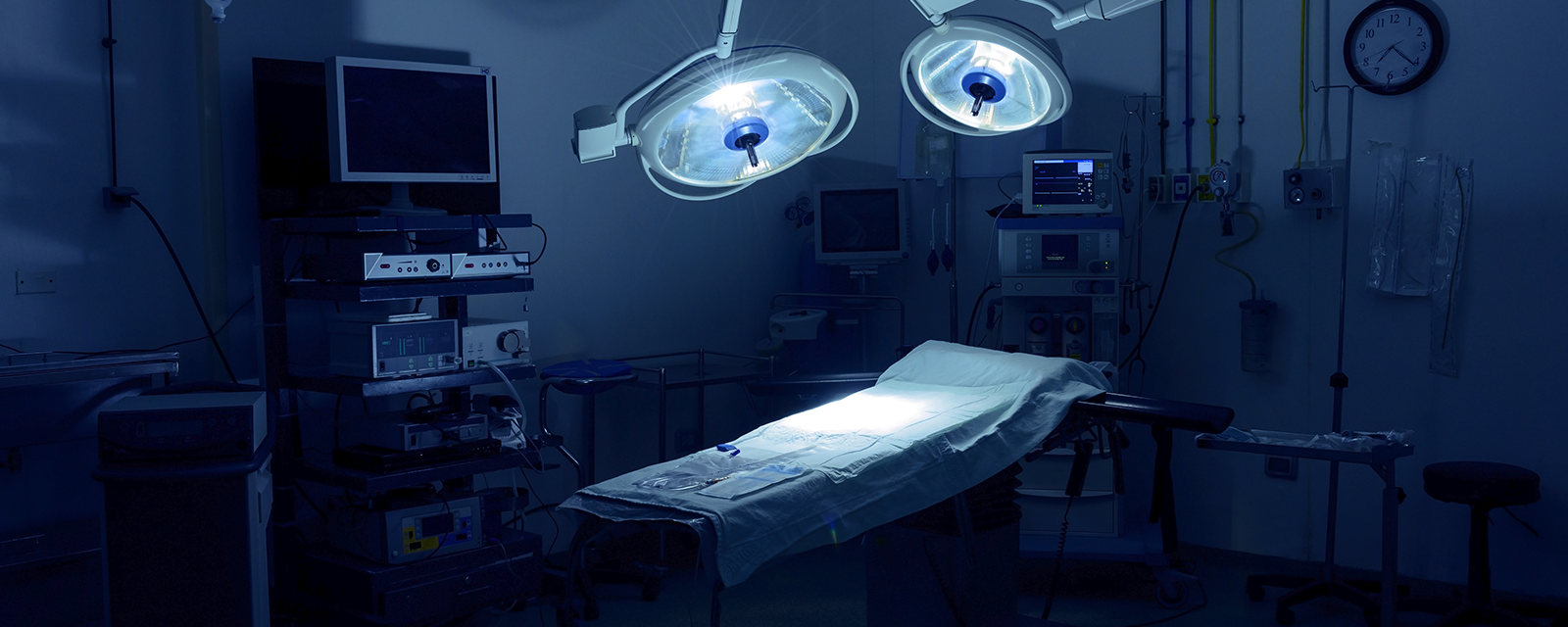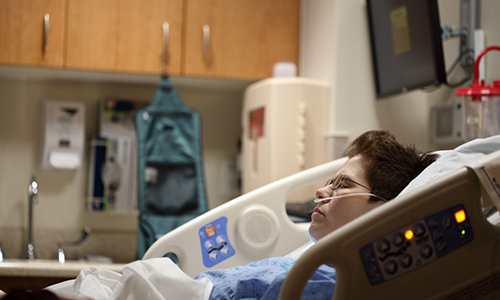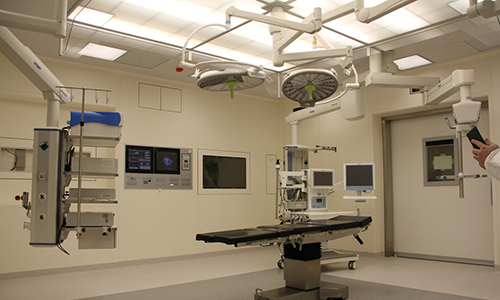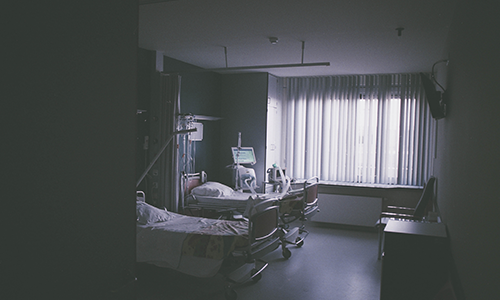

Tilt sensors can be applied to various areas of the health care and medical field. It is key to do whatever it takes to improve a patient’s condition and to provide the best quality of life while they are being cared for. CTI’s inclinometers can be integrated into several medical machines and optimize their performance. Rehabilitative beds, anatomy scanners, and medical robots are instruments that can use static and dynamic inclinometers.

CTi’s tilt sensors can be used to precisely adjust a patient’s body angle to the proper alignment to speed up their healing and rehabilitation time. The proper angle is also important for preventing bed sores and increasing comfort. The significant benefit to body alignment is that it improves blood and lymph circulation. Also, the smallest change in inclination can be enough to restore the force of gravity on the patient’s body. This adjustment can straighten out their spine and strengthen their muscles, ligaments, and tendons. Sleeping inclined has also been proven to improve many areas of health. For instance, providing deeper sleep, improving memory, lowering blood pressure, reducing water retention and the list goes on.

Some machines like CT and MRI scanners require cutting-edge technology. Each patient is different and the smallest errors can be a matter of life or death. Modern devices require precise measurements when assessing their condition. A scanner needs various sensors to measure angular, horizontal, and height positioning. The TILT-3x inclinometers are capable of providing detailed measurements for a wide range of static operations. They are a durable, customizable, and cost-effective option.


Robotics is another area of medicine that has been growing rapidly. Engineers have been designing medical instruments for robotically assisted surgeries. Many of these robots use force and tracking sensors for various uses such as reducing the number of accidental tissue injuries during surgery. Throughout a robotically-assisted surgery, it is hard to gauge if the surgeon is harming the patient. Monitoring the inertia of the instrument can be vital to reducing any pain or discomfort being done to the patient during the surgery. Combining an inertial sensor with haptic feedback technology can alert the surgeon when any excess force is being applied. Accurate and responsive sensors are a critical aspect in the medical field. Whether it is surgery or therapy, integrating sensors into modern medical practices can enhance and accelerate a patient’s experience at the hospital.
